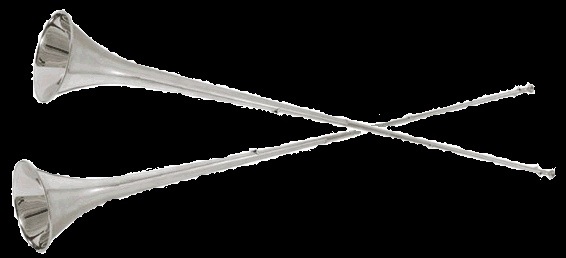E4 FINAL EXAM STUDY GUIDE May 2013
READINGS and CONCEPTS
Renaissance Intro (233-54)–Know ideas about English Humanism (Greek and Roman models, Italian origin, print technology, Henry VIII and Anglican Church,
Elizabeth I, James I, Puritan Revolution and end of English Renaissance)
Pastoral Tradition idea (257) but NOT “Nymph” and “Shepherd” poems
Shakespearean sonnet quatrains and couplet structure; sonnets 18 (277)* and 29 (279)*
Shakespeare intro (272-73) and Macbeth (paperback)
Donne intro (300); Metaphysical poetry qualities (301); Donne’s “Valediction” (305)*
*Copy provided with the exam
Restoration and 18th Cent. Intro (407-26)–Know key ideas about this era (Augustan–Neoclassical–Enlightenment–Age of Reason meanings, shift from why to how questions, meaning of satire, preference for public subjects in poetry, meaning of ode and elegy, rise of prose essay genre and journalism profession)
Swift intro (427) and “A Modest Proposal” (intro and text, 428-37)
The Romantic Period Intro (517-33)–Know ideas about Romanticism (Influence of American–French–Industrial Revolutions; Romantic preference for imagination over reason, childhood freedom over adult controls, personal emotions over public commitments, social change over status quo, nature over urban life; Lyrical Ballads as landmark text for new poetry)
Shelley intro (617) and “Ode to the West Wind” (intro and text, 622-24)
Modern World Intro (799-818)–Know key ideas about this era (WWI and WWII dates; general impact of Darwin, Marx, and Freud on modern culture; Modernist experimentation in form and content; stream of consciousness technique; alienation of artists from politics and nationalism)
Woolf intro (886) and “Shakespeare’s Sister” (intro and text, 887-892)
Yeats intro (944) and “The Second Coming” (intro and text, 945-46)
Joyce intro (955), “Araby” (intro and text 956-62), and “The Influence of James Joyce”
(962-63)
NOTE: Review the period introductions and author introductions generally for background information. Do not get obsessive about details. Focus much more on the actual literary readings. Review all graded materials and be sure you know a correct answer for anything that was marked wrong.
LITERARY TERMS–Have a working knowledge of these terms. No need to memorize definitions. Make notes for any of them as needed here. Below is an alphabetical list. See “Handbook of Literary Terms” on 1181-1204 for clarification if needed.
Alliteration Assonance Aside Ballad
Caesura Couplet Dialogue Elegy
Figurative language Hyperbole Imagery Literal language
Metaphor Metaphysical conceit Monologue Octave
Ode Onomatopoeia Oxymoron Paradox
Personification Point of View Quatrain Refrain
Satire Sestet Simile Soliloquy
Sonnet Style (in writing) Volta (or Turn)

